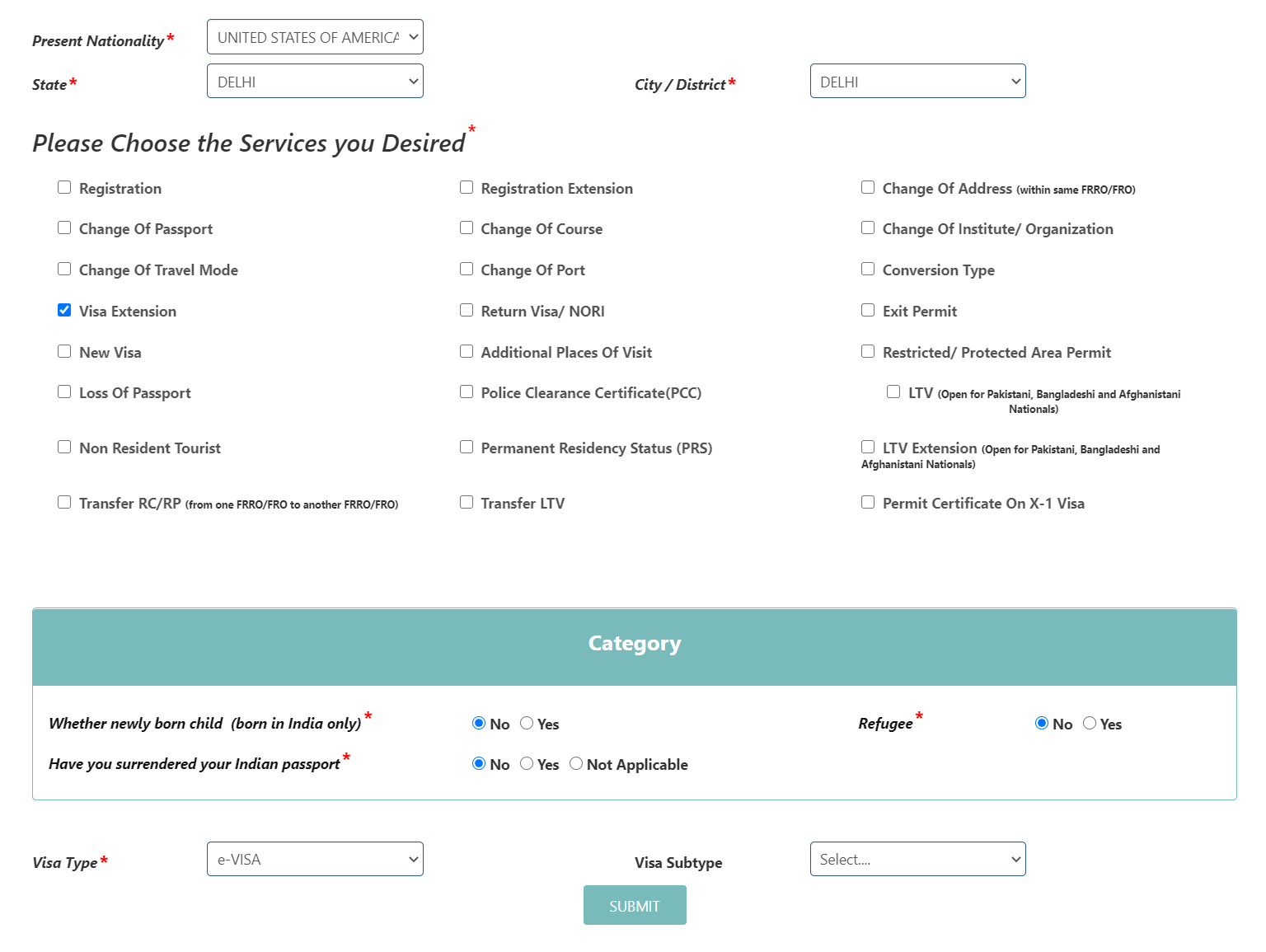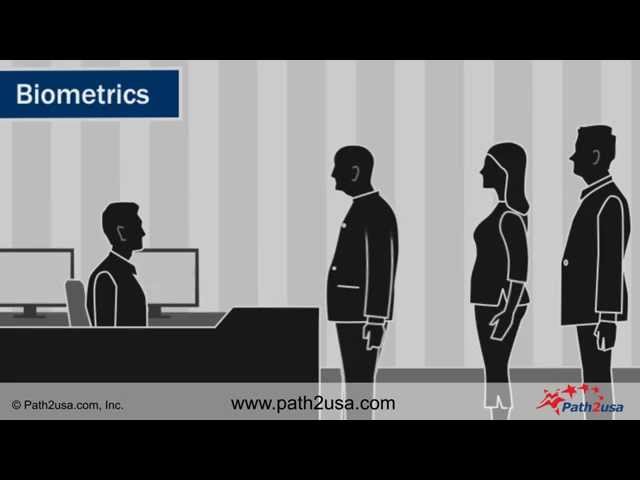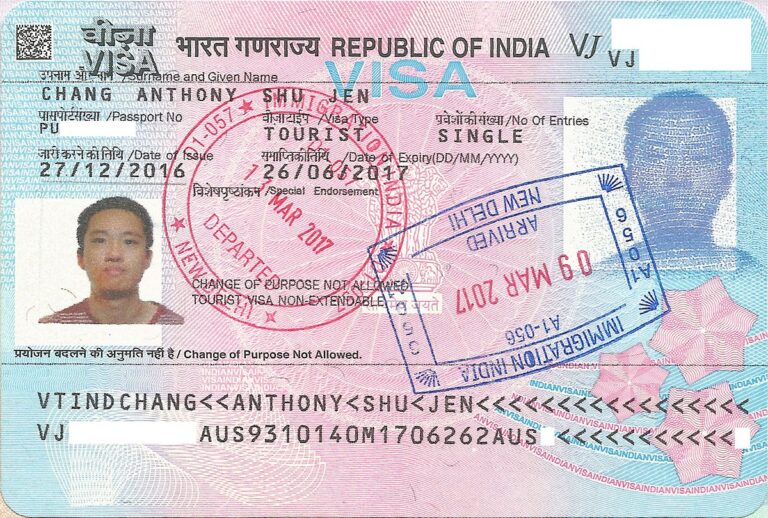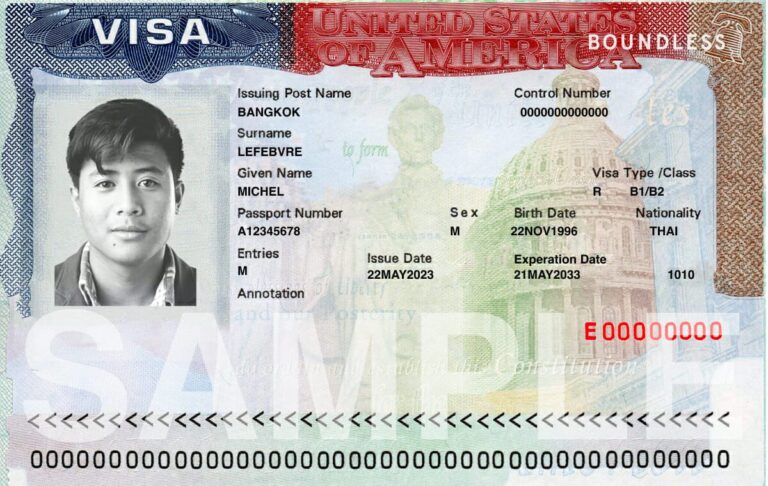Empower Your Journey: Essential Indian Visa Requirements Unveiled

Understanding Indian Visa Requirements
Understanding the requirements for obtaining an Indian visa is essential for any traveler. This section provides insight into Visa-on-Arrival eligibility and the document requirements needed for Indian visa applications.
Eligibility for Visa-on-Arrival
Visa-on-Arrival is a convenient option for certain nationalities but is not universally available. Currently, Japanese, South Korean, and UAE nationals are eligible for Visa-on-Arrival in India. UAE nationals must have previously obtained an e-Visa or a regular/paper visa for India (Indian Visa Online). However, for most other nationalities, applying in advance for a visa remains the primary route.
| Nationality | Eligibility for Visa-on-Arrival |
|---|---|
| Japan | Yes |
| South Korea | Yes |
| UAE | Yes, with prior e-Visa or regular/paper visa |
For travelers that do not qualify for Visa-on-Arrival, it’s crucial to apply for the appropriate visa type in advance. You can explore more about indian visa on arrival on our dedicated page.
Document Requirements for Indian Visa Applications
To apply for an Indian visa, you must prepare and submit several essential documents. Here is a comprehensive list of requirements to ensure a smooth application process:
- Valid Passport: Your passport must be valid for at least six months from the date of arrival in India. This is a critical requirement that ensures the authorities can handle your application without issues.
- Application Form: Complete the online application form available on the Indian Visa Online portal. Accurate information is vital to avoid delays.
- Photographs: Recent passport-sized photographs that meet the Indian visa photo requirements.
- Proof of Residence: Documents that verify your current address.
- Travel Itinerary: Detailed plans of your travel to and within India, including flight details and places of stay.
- Financial Proof: Evidence of sufficient funds to cover your stay in India.
| Document Type | Specific Requirement |
|---|---|
| Passport | Valid for 6 months from arrival date |
| Photographs | Recent passport-sized |
| Proof of Residence | Utility bills, bank statements, etc. |
| Travel Itinerary | Flights, hotel bookings |
| Financial Proof | Bank statements, income proof |
It is advisable to thoroughly check all document requirements before making your application. Incorrect or incomplete applications could prolong the indian visa processing time.
For more detailed guidance, visit our section on indian visa documents checklist, which ensures successful submissions. Whether you are looking to apply for an indian tourist visa or other types like an indian business visa or an indian medical visa, having the correct documents and understanding the process will help empower your travel journey to India.
Applying for an Indian Tourist Visa
Passport Validity and Processing Time
Ensuring your passport’s validity is a crucial step in obtaining an Indian tourist visa. Your passport must be valid for at least six months from your date of arrival in India. The processing time for an Indian tourist visa can vary, ranging from one week to three months, depending on your application profile and other factors (Quora). For a faster and more efficient application process, it is recommended to apply through the new portal of IRCC.
| Processing Time | Duration |
|---|---|
| Minimum | 1 week |
| Maximum | 3 months |
For more details on processing times, check our article on Indian visa processing time.
Online Application Process
The application process for an Indian tourist visa must be completed online or at an Indian Mission in your country of citizenship. For convenience, many choose to apply for an e-Visa through the official Indian government website.
The steps for the online application process are as follows:
- Go to the Indian Visa Online website.
- Fill out the application form with accurate details.
- Upload the required documents, including your passport photo and a scanned copy of your passport. For photo specifications, refer to our guide on Indian visa photo requirements.
- Pay the visa fee using a credit or debit card.
- Submit the application.
Once your application is submitted, you will receive updates via email. It is important to apply at least four days in advance of your travel date (Consulate General of India, San Francisco).
For a more comprehensive step-by-step guide, visit our page on the Indian visa application process.
Joint Evaluation of Visa Applications
In India, all visa applications are jointly evaluated by the Ministry of Home Affairs and the Ministry of External Affairs. This dual-review process ensures comprehensive scrutiny of each application, enhancing the security and integrity of the visa-issuing process (Quora).
The joint evaluation process involves:
- Checking your eligibility according to different visa categories such as tourist, business, or medical.
- Verifying the submitted documents and information.
- Cross-referencing details with your travel history and supporting documents.
For more information on visa types and requirements, visit our guide on the types of Indian visas.
By understanding these key aspects, you can ensure a smooth application process for obtaining an Indian tourist visa. If you have additional questions or require assistance, you can reach out to the Indian visa helpline for further support.
Types of Indian Visas for Tourists
When planning your trip to India, understanding the various visa options is essential. For tourists, the e-Visa is a popular and convenient choice. This section will guide you through the different e-Visa sub-categories, the application process, and the fees and validity periods associated with each type.
e-Visa Sub-Categories
International travelers visiting India for recreation, sightseeing, business, medical treatment, or attending conferences can apply for an e-Visa under the following sub-categories:
- e-Tourist Visa: For leisure activities and tourist visits.
- e-Business Visa: For business-related activities.
- e-Medical Visa: For medical treatments.
- e-Medical Attendant Visa: For accompanying a person with an e-Medical Visa.
- e-Conference Visa: For attending conferences, seminars, or workshops held in India.
For a detailed overview, check out our page on types of Indian visas.
e-Visa Application Process
Applying for an e-Visa involves a straightforward online process. Applicants should submit their applications at least 4 days in advance of the arrival date. Here’s a step-by-step guide:
- Visit the official e-Visa website: Apply for Indian Visa Online.
- Fill out the online application form: Provide personal details, passport information, and travel plans.
- Upload required documents: You will need to upload a scanned copy of your passport and a recent passport-sized photograph. Ensure you meet the Indian visa photo requirements.
- Pay the visa fee: The payment can be made using a credit or debit card. Additional bank transaction charges of 2.5% apply.
- Receive your e-Visa: Upon approval, your e-Visa will be sent to you via email. Print a copy and carry it with you when traveling to India.
For more detailed instructions, you can refer to our Indian visa application process.
e-Visa Fees and Validity
The cost and validity of an e-Visa vary depending on the visa type and duration. Below is a summary of e-Visa fees and validity:
| Visa Type | Fee (USD) | Validity | Additional Charges |
|---|---|---|---|
| e-Tourist Visa (30 days) | $10.00 | 30 days | 2.5% bank transaction fee |
| e-Tourist Visa (1 year) | $40.00 | 1 year (multiple entries) | 2.5% bank transaction fee |
| e-Tourist Visa (5 years) | $80.00 | 5 years (multiple entries) | 2.5% bank transaction fee |
| e-Business Visa | $80.00 | 1 year (multiple entries) | 2.5% bank transaction fee |
| e-Medical Visa | $80.00 | 60 days (triple entry) | 2.5% bank transaction fee |
| e-Medical Attendant Visa | $80.00 | 60 days (triple entry) | 2.5% bank transaction fee |
| e-Conference Visa | $80.00 | 30 days (single entry) | 2.5% bank transaction fee |
You can find more information on payment and e-Visa costs on our Indian visa fees page. Always check the latest requirements and updates before applying.
For U.S. citizens, specific guidelines and benefits might apply. Explore our section on Indian visa for U.S. citizens for more targeted information.
Important Considerations for Indian Visitors
When planning your trip to India, it’s essential to be aware of several key considerations to ensure a smooth and hassle-free experience. This section covers the critical aspects of the yellow fever vaccination requirement, passport validity and biometric details, and registration requirements in India.
Yellow Fever Vaccination Requirement
If you are arriving from a yellow fever affected country, it’s mandatory to carry a Yellow Fever Vaccination Card. Failure to present this card upon arrival may result in quarantine for up to six days (Consulate General of India, San Francisco). Make sure to get vaccinated and keep your card handy to avoid any inconvenience.
Passport Validity and Biometric Details
For your Indian e-Visa application, your passport must be valid for at least six months from your arrival date in India. Additionally, your passport should have at least two blank pages for stamping. Upon arrival, biometric details such as fingerprints and a photograph will be captured (Consulate General of India, San Francisco). Keeping these requirements in mind will help expedite your entry process.
| Consideration | Requirement |
|---|---|
| Passport Validity | 6 months from arrival date |
| Blank Pages | At least 2 pages |
| Biometric Details | Captured on arrival |
Registration Requirements in India
If you intend to stay in India for more than 180 days or are visiting for study, research, work, or missionary activities, you must register your visit within 14 days of arrival. The registration is done at the nearest Foreigners Regional Registration Office (FRRO) (Travel State Gov).
Failing to register can result in fines, fees, and penalties. This requirement also applies to foreign nationals traveling to India to give birth. Moreover, if you overstay your visa or breach visa regulations, you might need clearance from the Ministry of Home Affairs to leave the country, which can take up to 90 days.
For more information on visa options, visit our pages on Indian Visa for US Citizens and Indian Tourist Visa. For understanding the processing times, check Indian Visa Processing Time. Familiarize yourself with these considerations to make your journey to India as smooth as possible.
Visa Options for U.S. Citizens
When planning your trip to India, it is crucial to understand the visa options available for U.S. citizens. This section details the e-Visa application for tourists, information regarding business and employment visas, and the regulations about registration and overstays.
E-Visa Application for U.S. Tourists
U.S. citizens seeking entry to India for tourist purposes for stays of less than 60 days can apply for an e-Visa. The application must be made at least four days before arrival (Travel.State.Gov).
E-Visa Application Steps:
- Visit the official Indian e-Visa website.
- Fill out the online application form.
- Upload a recent passport-size photograph and a scanned copy of your passport.
- Pay the e-Visa fee online.
- Receive the e-Visa approval via email.
| Visa Type | Validity | Max Stay | Entries |
|---|---|---|---|
| e-Tourist | 60 days | 60 days | 2 |
Once approved, print a copy of the e-Visa and carry it during your travel to India. Make sure your passport is valid for at least six months from the date of arrival.
Business and Employment Visa Information
For those traveling to India for business or employment, different visa categories are available. These visas are typically processed through Indian embassies or consulates and not through the e-Visa system. Here is a summary of the common types:
Business Visa
Business visas are designed for individuals visiting India for commercial and trade activities. You can find more details on the Indian business visa page.
| Visa Type | Validity | Max Stay | Entries |
|---|---|---|---|
| Business Visa | 6 months to 10 years | 180 days per visit | Multiple |
Employment Visa
Employment visas are required for U.S. citizens hired by an Indian company. The process involves additional documentation, including proof of employment and company details.
| Visa Type | Validity | Max Stay | Entries |
|---|---|---|---|
| Employment Visa | Up to 5 years | As per contract | Multiple |
For complete application details, visit Indian employment visa process.
Registration and Overstay Regulations
U.S. citizens should be aware of registration requirements upon arriving in India. If your stay extends 180 days or more on a business or employment visa, you must register with the Foreigner Regional Registration Office (FRRO) within 14 days of arrival.
Violating visa conditions or overstaying your visa can lead to penalties, fines, or denial of future India visas. To avoid these issues, check and adhere to your visa validity period.
For more practical advice on navigating the Indian visa application process and avoiding common pitfalls, explore the Indian visa application process resources.
By understanding these visa options, you can better plan your trip and ensure a smooth entry and stay in India. For any queries or further assistance, consult the Indian visa helpline.
Travel Advisories and Safety Tips
Country Entry Requirements
As you prepare for your journey to India, it’s crucial to be aware of the entry requirements to avoid any complications upon arrival. U.S. citizens of Pakistani descent may face administrative processing, leading to delays in acquiring visas. Foreign nationals intending to study, research, work, or act as missionaries in India, or those planning to stay over 180 days, must register with the Foreigners Regional Registration Office (FRRO) within 14 days of their arrival. Additionally, if you’re planning to give birth in India, it’s mandatory to register the newborn’s birth at the FRRO within 14 days.
| Registration Requirement | Timeframe |
|---|---|
| Over 180 days stay | Within 14 days of arrival |
| Study, Research, Work or Missionary activities | Within 14 days of arrival |
| Childbirth in India | Within 14 days of birth |
Failure to register may lead to fines and penalties.
Administrative Processing and Registration
Administrative processing can cause delays, particularly for U.S. citizens of Pakistani descent. It’s recommended to apply for your visa well in advance to accommodate any potential processing delays. Upon arrival, registrants must visit the nearest FRRO office. Ensure you have the following documents ready when registering:
- Passport
- Visa
- Residential address proof in India
- Passport-sized photographs
For more information on types of visas and requirements, and the online application process, please check the respective internal links.
Prohibited Items and Safety Concerns
Knowing what items are prohibited and being aware of safety concerns is essential for a smooth and safe trip to India. Possession of satellite phones is strictly prohibited and can lead to detention or arrest (Travel.State.Gov). Additionally, buying counterfeit and pirated goods is illegal and can result in fines or legal action.
U.S. citizens in India have reported cases of sexual assault, and it’s advised not to travel alone. Incidents of sexual harassment, referred to as “Eve-teasing,” are common and can quickly escalate. India has seen an increase in reports of rape, one of the country’s fastest-growing crimes.
| Prohibited Items | Consequences |
|---|---|
| Satellite Phones | Detention or arrest |
| Counterfeit and Pirated Goods | Fines or legal action |
Considering these advisories will help ensure your safety throughout your visit. For more details on travel advisories and safety concerns, visit the highlighted internal link.
For any visa-related queries, the Indian Visa Helpline is available to assist you. When preparing your travel documents, refer to the Indian Visa Documents Checklist to ensure you have all necessary paperwork.





